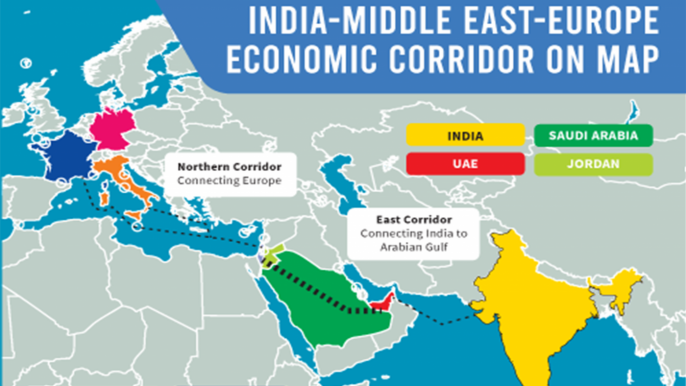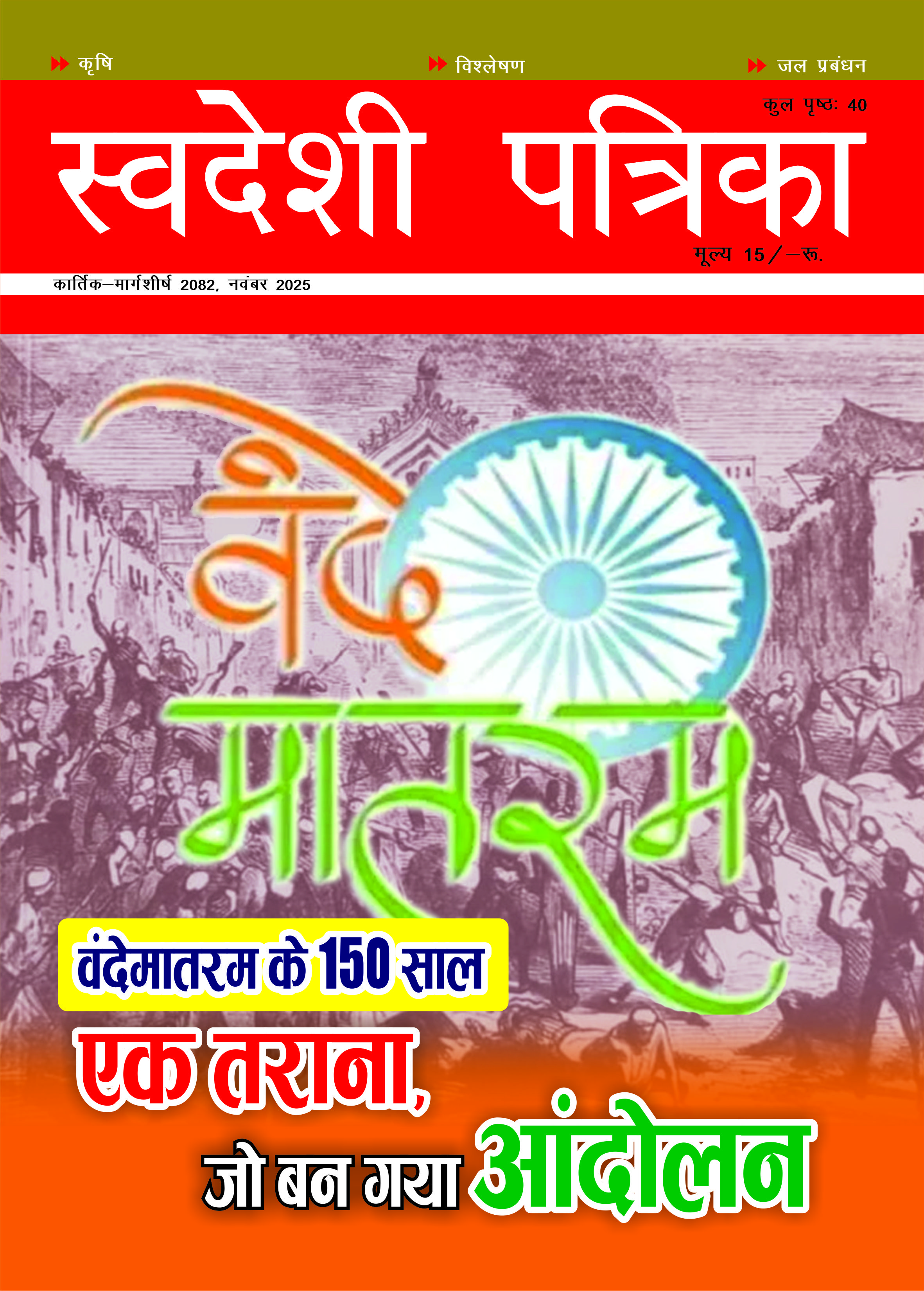
India Middle East Europe Economic Corridor: Countering Chinese BRI
In 2013, China rolled out the Belt Road Initiative (BRI) as a very ambitious infrastructure plan before the world and invited more than 100 countries to participate and act on this scheme. This project was started with the ongoing China-Pakistan Economic Corridor (CPEC) in Pakistan's illegally occupied Kashmir territory and many more projects were added to it. The BRI was introduced as an initiative to improve connectivity between different countries of the world through road, rail and sea routes with an aim to promote international trade and cooperation. China claimed that the Belt Road would be based on the Silk Road, a route developed by China's Han Dynasty 2,000 years ago. This Silk Road was expected to provide connectivity between China, South-East Asia, Gulf countries, East Africa and Europe, which would help in accelerating the movement of goods and people and reduce the transportation time and cost, through road, rail and sea routes. It was said that the BRI would help increase trade and benefit people all over the world. Although the total cost of this project was said to be $1 trillion, in essence, it could cost several trillion dollars. As the project progressed, its ill effects began to surface. Many of the developing countries that participated in it faced a paucity of resources and saw their debt soar due to huge expenditure on this project. Today, many countries including Pakistan, Sri Lanka and Bangladesh in Asia and Angola, Ethiopia, Zambia, Congo and Sudan in Africa are neck deep into debt due to this project. However, the Chinese government has not made any attempt to resolve the payment difficulties through any defined process. In such a situation, due to a lack of rules and debt resolution mechanisms, a large number of countries included in the Belt Road are trapped in the vortex of debt. Significantly, China is not a member of the Paris Club, a group of officials from various creditor countries that is trying to find a coordinated and sustainable solution to the payment difficulties experienced by the debtor countries. There is hardly any doubt that BRI is nothing but 'debt trap diplomacy'. The real intention, which is turning out to be very obvious, was to occupy the strategically located ports and other assets of the countries with debt vulnerabilities. Many countries have now started viewing China's Belt Road Initiative with suspicion. India and the US did not approve of the Belt Road Initiative from its very beginning. Although the US representatives continued attending the Belt Road meetings, India completely boycotted it.
In contrast, the India-Middle East-Europe Economic Corridor (IMEC) announced by prime minister Narendra Modi at the G20 summit will enhance economic integration between India, Western Asia and Europe. India, UAE, Saudi Arabia, the European Union, France, Italy, Germany and the US are involved in this project. In addition to boosting trade among the countries involved, the IMEC will also give an effective counter to China's Belt Road Initiative, which was in essence, meant to pave trade routes between China and other countries. The involvement of many like-minded countries in the IMEC may put China's Belt Road project in jeopardy. Comparing the IMEC with China's BRI, we see that the BRI is a China-centric project, where the responsibility of investment was China's but the investment turned into debt of those countries that were responsible for repayment. In comparison, the IMEC is a project based on cooperation. Not only does this project open up new transport routes, it also opens up avenues of cooperation between its member countries in terms of technology, design, finance and regulatory standards. It also seeks electricity and digital connectivity between these countries. There is also a plan for a pipeline for the flow of clean hydrogen.
The European Commission president believes that the IMEC will make trade between India and Europe 40 percent faster, and it will not only reduce costs and transportation time but also boost trade and economic development. Many member countries would prefer IMEC over the Belt Road for several reasons. Firstly, the IMEC has been planned keeping in mind the interests of the member countries while the BRI has been planned to benefit China. Secondly, the BRI was prepared by China, while IMEC was designed after discussions among the member countries. Thirdly, the Belt Road project is giving contracts only to Chinese companies and employment to Chinese people while the IMEC scheme will provide employment at the local level. Fourthly, the Belt Road project is threatening the sovereignty of member nations, the IMEC project respects it. Fifthly, China provides loans to member countries under the Belt Road Project at high interest rates and unfair terms while the IMEC project proposes to implement best international debt practices.


